Section Styles spotlight-header
I am a
Cyborg
Scientist
Pat Pataranutaporn, PhD
Presented by Superhuman body + if/thenAs a Cyborg Scientist, I study the innerworkings of humans and machines to design technology for human flourishing.
MY WORK SETTING
Indoor vs. Outdoor
I spend most of my time working inside at computers, in workshops, or at conferences.
People vs. Alone
My job is very collaborative and I’m often working with other people.
Creative vs. Defined
Most of my work is creative, while I have some structure to each day.
-
I conduct research and develop technological interfaces designed to support human flourishing. Human flourishing can mean a lot of things, like improved mental health and brain function. There are a lot of different ways to develop technology, so much of my work is about exploring new ways to integrate technology into the human experience, both in hardware and software. It could be a wearable device to help you process information responsibly or an AI-driven app where you talk to a future version of yourself to support your mental wellbeing. The end goal is to blur the line between machine and human in ways that help people live better lives.
-
I create new types of technology that people can interact with. It’s a first step towards “cyborgs”, which are the idea of technologically-supported humans. To do this, I do a lot of research and brainstorming, hands-on engineering, device prototyping, software programming, and real world research. We want to make sure our technology feels natural and helpful, so I design experiments that allow us to see how people interact with our prototypes so that we can measure what works and what doesn’t. We ask questions like “Does the interface make things easier? Can people use it without getting confused?” We then listen to user feedback and incorporate that into future design. It’s an ongoing feedback loop between imagination, design, testing, and rebuilding.
-
When people imagine the future of technology, they can come up with very different visions. For some, the future feels like a utopia full of futuristic gadgets that make life easy. For others, the future may feel scary and full of robots that make decisions on our behalf. For me, I’m focused on doing my part to build a society that values humanity and cherishes wisdom, sparks wonder, and enhances our wellbeing. I believe that it’s essential that we design technology to enhance the human experience—supporting our intelligence, our creativity, our emotions—so that machines exist to help us thrive. I want us to flourish and live better lives with intentional tech, and the only way to get there is through thoughtful, considerate, and ethical approaches to how we create and shape technology.
My Work NeedsEssential Skills:
PROGRAMMING
Coding is a form of expression and a tool that allows me to create meaningful things. I don’t code for coding's sake, it’s more a means to an end for what I want to build.
TINKERING
It’s less important to know a specific technology than to have the instinct to tinker and play with technology. Technology changes quickly so it’s good to learn how to prototype with the different tools available.
PROBLEM SOLVING & FRAMING
Figuring out what the problem is that needs to be solved and how to frame it is an underrated skill and something I use often.
IMAGINATION
Without imagination, technology lacks soul and purpose. I use my imagination to dream up new, creative ideas and envision how they could have an impact on the real world.
Days in the Life
Come along and explore what three days at my job might look like!
DAYS IN THE LIFE
How I Work
Check out what my place of work looks like on an average day.
This is what my workspace looks like!
Toys. When I get stuck, I love taking a moment to play with to spark my imagination.
Wisdom. I find inspiration from other scientists and artists.
Mannequin hand. I need tools like this to help me prototype and design things people can actually use.
Books. Lots of different types of books (including biology, art, computer science, and psychology) to dig for ideas.
T-Rex character from Toy Story. He's wearing a space helmet. It's sort of a symbol of my work in augmenting biological power with technology.

Did you know...Cyborg technologies are already in use!
Although the idea of a “cyborg” might sound like a far off sci-fi fantasy, the reality is that many of us have already been physically altered by technology. Doctors already use things like cochlear implants to help patients hear, brain implants to help them control prosthetic limbs, exoskeletons to aid in mobility, and pacemakers to assist with heart function. Many of these technologies are now being designed not only to help our bodies work well, but to actually improve up our natural abilities. For example, some prosthetic limbs have been developed to not only replace a natural limb, but to add superhuman abilities like increased strength, dexterity, or sensory abilities. And many brain implants are being designed to do the same for our mental and cognitive abilities. Some bold people are already taking matters into their own hands by embedding chips or magnets in their bodies to gain new abilities, such as unlocking devices or sensing electromagnetic fields, though the safety is still questionable.
So by some definitions, some of us may already be cyborgs – at least a little. That’s why it’s so important to have conversations about how we’re using technology to alter humans, and why. In the short run, the goal for many of these pursuits is to combat devastating diseases throughout our whole bodies and brains, like Parkinsons and Multiple Sclerosis. So far, most of this technology has been used to fix a health problem. But the next generation includes a lot more focused on enhancement than repair, which means potentially changing the ways humans make sense of and move through the world. This opens up a wide range of critical ethical questions around who gets access, what we prioritize, who makes the decisions, how animals are used in testing, and what it truly means for humans to flourish.
Rewarding
These are the parts of my job I find particularly rewarding.
Testing prototypes with human participants.
Developing ideas into prototypes.
But everyone is different! Drag the circles to place them where you rate them.Challenging
These are the parts of my job I find particularly challenging.
Deciding which ideas to work on first.
Understanding the intricacies of how AI systems work.
Section Styles movable
These are the people I work with:
AI Engineers
I work with AI engineers to help turn my ideas into prototypes users can test.
Psychologists
While working on a mental health app, I collaborated with psychologists to develop an algorithm that could understand if people have mental health distress.
Computer Scientists
I team up with computer scientists to envision new research questions and interesting ideas for exploration.
WHAT’S NEXT?
What’s next for my field of work?One of the most exciting things about working in STEM is how fast things change. Things that aren't possible today could be possible tomorrow.
Cyborg Second Brains.
Many scientists are working towards a future where technology helps humans flourish, but much of today’s technology can be addictive and harmful to our mental health. Some experts believe that augmenting humans with technology designed to serve their needs – instead of creating separate robots – can help us build a world where technology is more aligned with human wellbeing.
One of the goals in this field is to design an AI-driven “second brain”. The basic idea is to develop wearable technology that’s very smart and works seamlessly with your own mind to help you remember, process, problem-solve, and even regulate your emotions more effectively. There is a lot of debate about how (and whether!) to do this, but for many, it’s not about taking over your biological brain or competing with it. It’s about giving you a boost. It could help you catch misinformation by flagging questionable claims, play back memories, help you write an epic novel, or just make it easier to split the check.
Looking for teacher resources?
PHOTOGRAPHER: Chris Disario • Illustrator: Erik Suswanto© 2024 THE PLENARY, CO. ALL RIGHTS RESERVED. TERMS. PRIVACY.This is a brand new site! See an issue? Let us know.














